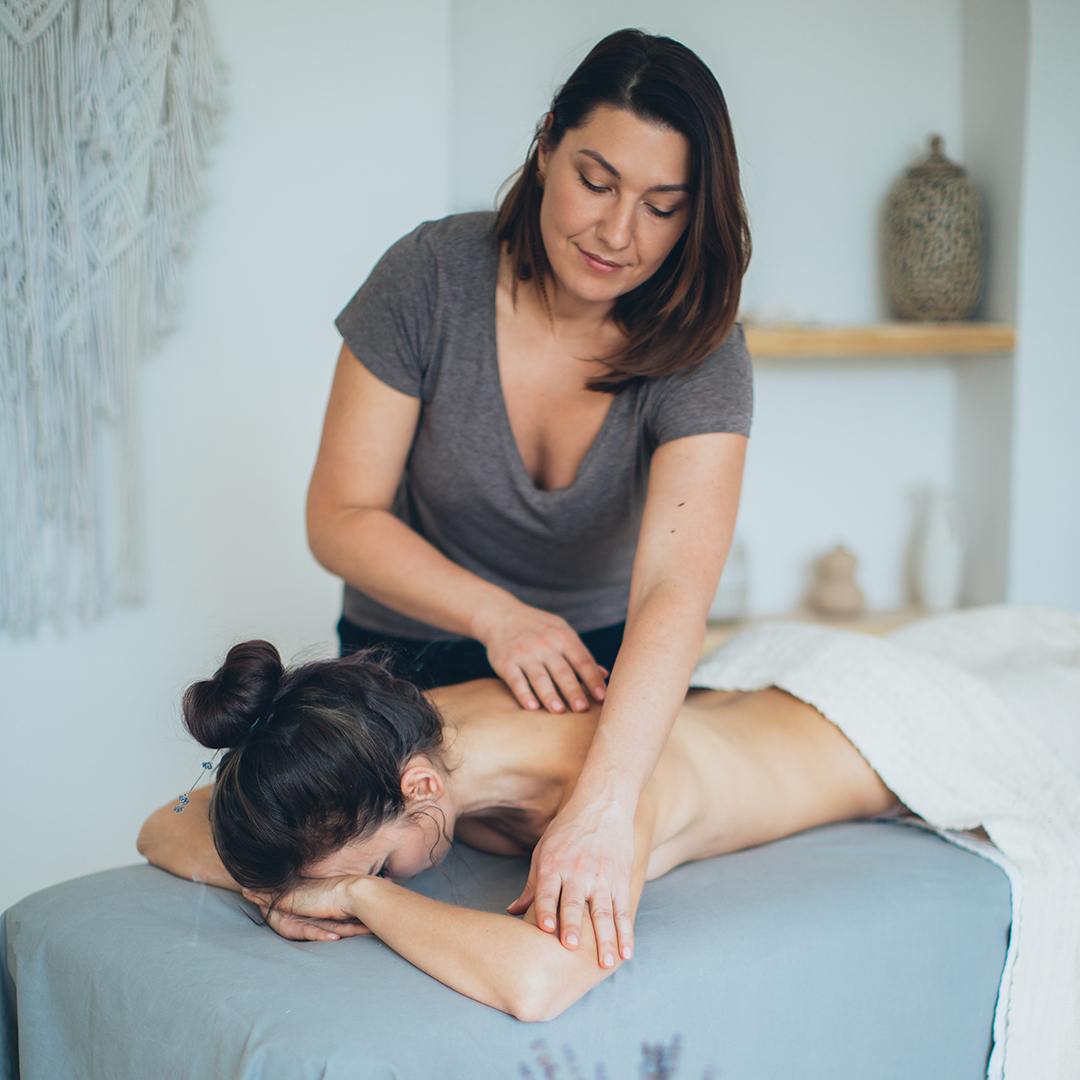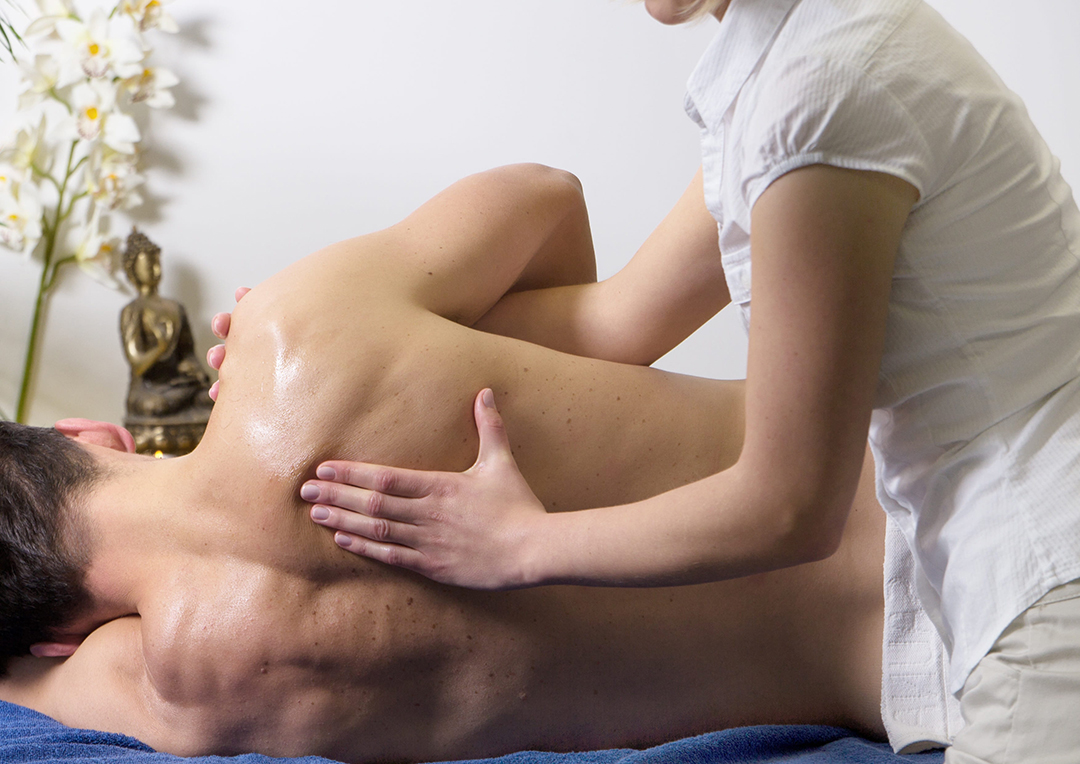Self-care is so important in the massage profession. Think about it this way: you have to take care of yourself before you can take care of others. Your body and hands are the tools of your trade, and every tradesperson appreciates the importance of keeping tools in tip-top condition.

The importance of self-care for massage therapists is well documented. Given the hands-on, repetitive nature of their work, massage therapists are susceptible to musculoskeletal injuries sustained while providing relief to clients. Even though massage therapy schools train therapists on the value of proper body mechanics, self-care, and proper positioning, they may still suffer injuries, often in the hands and wrists. A 2008 Canadian study showed a high prevalence of pain among massage therapists, most commonly in the wrist and thumb.
Even if you’re still undergoing massage therapy training, the importance of self-care cannot be understated as a mechanism for avoiding injury and long-term pain. Let’s look at several approaches to self-care:
- Mindfulness tops the list because it also encompasses every aspect of your job as a therapist. This means being thoughtful, practicing awareness, and stating your intentions in a way that will allow reflective thinking as well as meaningful inner dialogue. Experts advise to think about your practice with the goal of minimizing and avoiding potential risks. This ranges from how you have your workspace set up, to your actual practice, to what you do to take care of your body when you are not working. It also includes being aware of breathing, posture, positioning, and body movements as you work.
- Good body mechanics means using the core to generate power rather than upper extremity muscles. Leverage your body weight rather than overusing muscles. Keep all of your joints flexible and moving with ease. Keeping the wrist neutral is also critical to avoiding hand injury.
- Handheld tools allow the option of sustaining pressure while optimal wrist positioning is still maintained.
- Schedule your time wisely. Be sure to leave time between appointments for self-care and stretching exercises. It is also possible to vary your practice so that you build recovery time into the actual session when possible. Self-massage is of the most important aspects of self-care. Taking time for yourself can be part of your regimen to ensure you stay healthy. One suggested activity is small ball massage, which can be used to counteract the repetitive activities of everyday work.
Learning how to become a massage therapist also entails learning how you can take care of your body better. Let’s look at some specific exercises that you can do to help your hands.
Small Ball Self-Care Exercises for Massage Therapists
These exercises use small balls, therapy balls for breaking up tissues. If you don’t happen to have a small ball purposefully made for massage, you can also use a lacrosse ball.
1. Finger pressing. Put one palm down on a counter or table. Use the other hand to move the small ball over the top of and between each finger. Vary your movements from strokes to pressing to circling.
2. Joint Decompression. Put the small ball between two fingers. Then gently close your hand to make a loose fist. Repeat while holding the ball between all fingers and thumbs.
3. Hand Rolling. Put the ball down on a counter or table. Then compress the ball between the table and your palm, again using circular, stroking, and pressing strokes. Finish by rolling one continuous line from each fingertip along the forearm to the elbow.
4. Thumb Release. Pin the ball to the table by pressing into it with the muscles at the base of your thumb. Then put your other hand on top, and alternate between pressing and releasing. Next, rotate the bottom hand as if pushing an orange down to make orange juice. Repeat on both hands.
For more exercises and suggestions, check out this American Massage Therapy Association article on Playful Self-Care For the Hands and Wrists, by Angela Kneale. There is also a list of references at the bottom of the article. We would also like to invite LMTs to check out our massage therapy training courses at EWC. One relevant class, Massage Tools to Help Your Hands, starts on Jan. 18. LMT Debbie DeNardo will lead the fun and exciting class which will cover the open palm method, focus on tools, and outline other methods you can use to avoid hand injury. While you massage Portland clients, make sure you take care of you by practicing good self-care. CE courses and mindfulness can help you avoid injury and burnout.
Resources:
Playful Self-Care for Hands and Wrists, AMTAmassage.org



